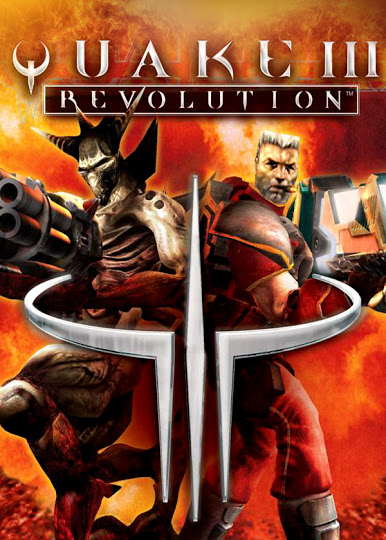

The player's arsenal consists of new and familiar, but redesigned weapons, including a gauntlet (melee attacks) and a machine gun as the spawn weapons, a shotgun, plasma gun, lightning gun, rocket launcher, railgun, and BFG. Compared to the previous titles, the colours and general design of the game are much brighter and it shakes off the dominant shades of brown and grey the previous titles in the series were known for.

The offline part takes the player through a number of one-on-one and team-based challenges against AI-controlled opponents, slowly ranking upwards in difficulty, as the character of the player's choosing. You're going to need the artwork/content from the game because it is not redistributable.The third game in the Quake series is a departure from the previous games, focusing exclusively on multiplayer arena fighting with no story-driven singleplayer part - directly competing with Epic Games that did the same with the contemporary Unreal Tournament. To test this modified engine just place the binary in your game's folder to frag all day long!Įnsure you have a copy of Quake 3 Arena installed on your PC. The edge effect is produced by painting backface polygons with a thick wireframe without textures and repaint all the scene, but this time, with textures. To produce the cell shading effect there is no use of graphics card shaders, so the implementation can run with almost any gfx card. To increase the hand-painted effect they decided to apply a simple blur filter to reduce hard-edges on textures and increase the flatness effect. It uses four subquadrants to calculate the mean and variance and chooses the mean value for the region with the smallest variance. Kuwahara filter is a noise-reduction filter that preserves edges.

In order to provide such a feature the production team have decided to use Kuwahara filter. The goal of this project is to add Cell Shading capabilities to the Quake III engine with Real-time performance.


 0 kommentar(er)
0 kommentar(er)
